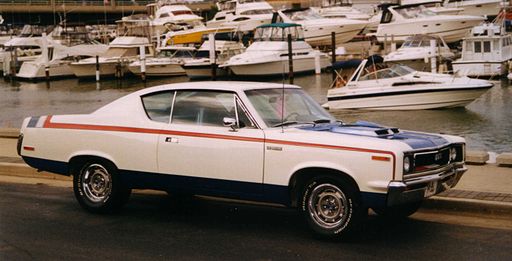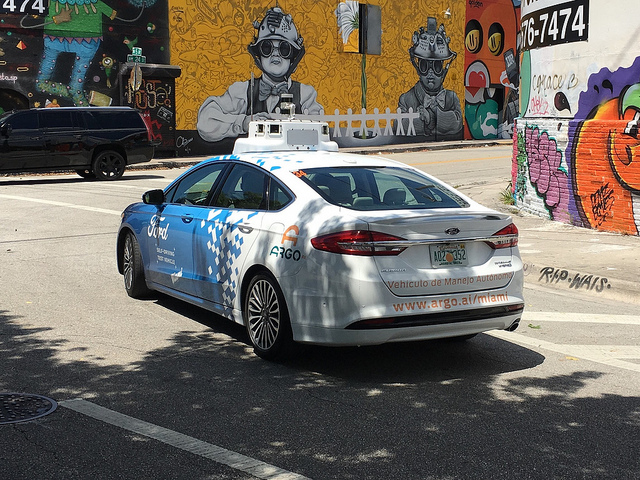Contributed Posts
Over the years, drivers have gotten used to improvements in safety. The very first cars didn’t even have seatbelts, but then things started to change, and people began demanding to be safer on the road.
By the time the 1990s rolled around, cars already had a plethora of safety equipment on board, including, importantly, driver and passenger airbags. But despite these well-publicised improvements, more than 40,000 people were still dying on America’s roads every year.
So what’s made the difference in safety over the years?
Steel is one obvious example. Although steel has been in mass production for over 200 years, medal makers continue to refine it at a surprising pace. Go back to the 1960s, and cars were nearly indestructible, thanks to heavy steel construction, but there was no way to transfer the energy of an impact into the material itself. If a muscle car went into a concrete bollard at 60 mph, the car bounced off, and all the energy got transferred into the driver.
Protecting drivers was possible, but manufacturers found that to do so, they had to add a lot of weight to their vehicles which led to other problems, such as poor mileage, and so traditional steel frames remained the only option for a long time.
Improvements in the quality of steel, however, dramatically and unexpectedly accelerated after the year 2000. Back then, an inch-wide piece of steel had about 500 megapascals of tensile strength – not bad. But in just fifteen years, new processes allowed the tensile strength of steel to triple, meaning that manufacturers could shave off material and save weight. This improved the handling of modern cars while allowing companies to increase the weight of safety equipment, like front bumpers.
But not all developments are leading inexorably to improved safety. The legalisation of cannabis, for instance, could result in an epidemic of drug driving similar to that of drink driving in the 1970s and 80s. Police have introduced saliva drug testing, but their approach is nowhere near as systematic as it is for alcohol. The training and resources are not yet available on a large scale, and so many drivers get away with it. In the UK, for instance, only four drivers a day are charged with driving while under the influence of drugs.
Then there is the rise of artificial intelligence in cars. Many proponents of artificial intelligence say that it will help to reduce the number of collisions by getting rid of driver error. But if recent crashes are anything to go by, computers still don’t understand the road. Perhaps more worrying still is that hackers could potentially take control of autonomous vehicles en masse and cause traffic chaos, killing hundreds of people.
And finally, there’s the issue of pedestrian safety. As cars have been equipped with more and more safety equipment, there’s an argument to say that drivers are taking more risks and that pedestrian safety has suffered as a result. Cars with pedestrian airbags are now more common than before, but is this a solution to the problem?
So the bottom line? Yes, cars are getting safer, but their potential for harming is also on the rise.









